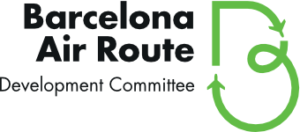IATA: One ID
Definition
The Issue:
Passenger traffic is projected to double by 2036. We will not be able to handle this growth or satisfy evolving customer expectations with existing airport capacity, current processes, installations and ways of doing business. Furthermore, accommodating growth with ever larger airports will be increasingly difficult, if not impossible. New on-ground concepts are, and increasingly will be required to optimize the use of emerging technologies, processes and design developments. Individual stakeholders, such as airlines, border control, customs and screening authorities, have designed their processes around their own obligations and requirements, with little or no coordination between them. This has resulted in repetitive processes for the passenger, such as having to present travel tokens (boarding passes, passports, etc.) to many different stakeholders for different purposes across the end to end passenger experience. This is inefficient and not sustainable in the long-term.
The Vision
IATA’s Passenger Experience vision is to lead the industry in delivering an end-to-end passenger experience that is secure, seamless and efficient. One ID seeks to introduce a collaborative identity management solution that spans all process steps and stakeholders in the end-to-end journey from booking to arrival at destination and back, putting the passenger in the center. The concept relies on early validation of the passengers’ identity, and controlled access to this information by the various public and private stakeholders on an authorized-to-know basis, so that the passenger can be recognized and attended to in the most efficient way in subsequent process steps. The concept involves the use of a trusted, digital identity, biometric recognition technology and a collaborative identity management platform. It will be supported by the development of a trust framework among the different stakeholders. One ID will remove the repetitive processes of passengers having to present different travel tokens to many different stakeholders for different purposes across the end to end passenger experience. May 2018
Objective
- Bring industry and government stakeholders together to establish a common vision and roadmap for robust and efficient identity management across the end-to-end passenger process, that will help deliver a secure, seamless and efficient experience
- Drive the development and adoption of global standards and recommended practices to support the standardization and harmonization of frameworks, processes, data models, and data interchange protocols to expedite and maximize the benefits for all Status
One ID Concept Paper was published at the end of 2017
- Expert Groups, composed of actively involved industry and government representatives, have been formed in order to support the 2018 project deliverables for the industry: Guidance Documentation, Industry Business Case and Implementation Roadmap One ID benefits
- “Seamless”- improved in passenger experience o Elimination of repetitive processes and reduction in the number of touchpoints, and thus shorter queues and reduced waiting times o Ultimately, enable passengers to arrive at the airport ready to fly in nearly every travel scenario o Translates into commercial opportunities for the industry
- “Efficient” – improved productivity, capacity and cost savings o Staffing efficiencies and increased capacity by reducing time spent on manual ID checks o Improved space efficiency and opportunities to defer or avoid infrastructure expansion o Improved real-time visibility of where passengers are in the airport process, possibly allowing smart queuing where travelers can be efficiently directed to the appropriate process
- “Secure” – improvements in border, aviation and airport infrastructure security o Reduce possibilities for individuals to cross borders under a false identity, and thus help combat human trafficking and other cross-border criminal activities o Eliminate queues and crowds in airport landside areas o Enable possibility of risk based assessment and differentiated handling at border and security checkpoints.
Source: IATA /May 2018
Barcelona Air Route Development Committee
promotes Barcelona Airport intercontinental Flight







